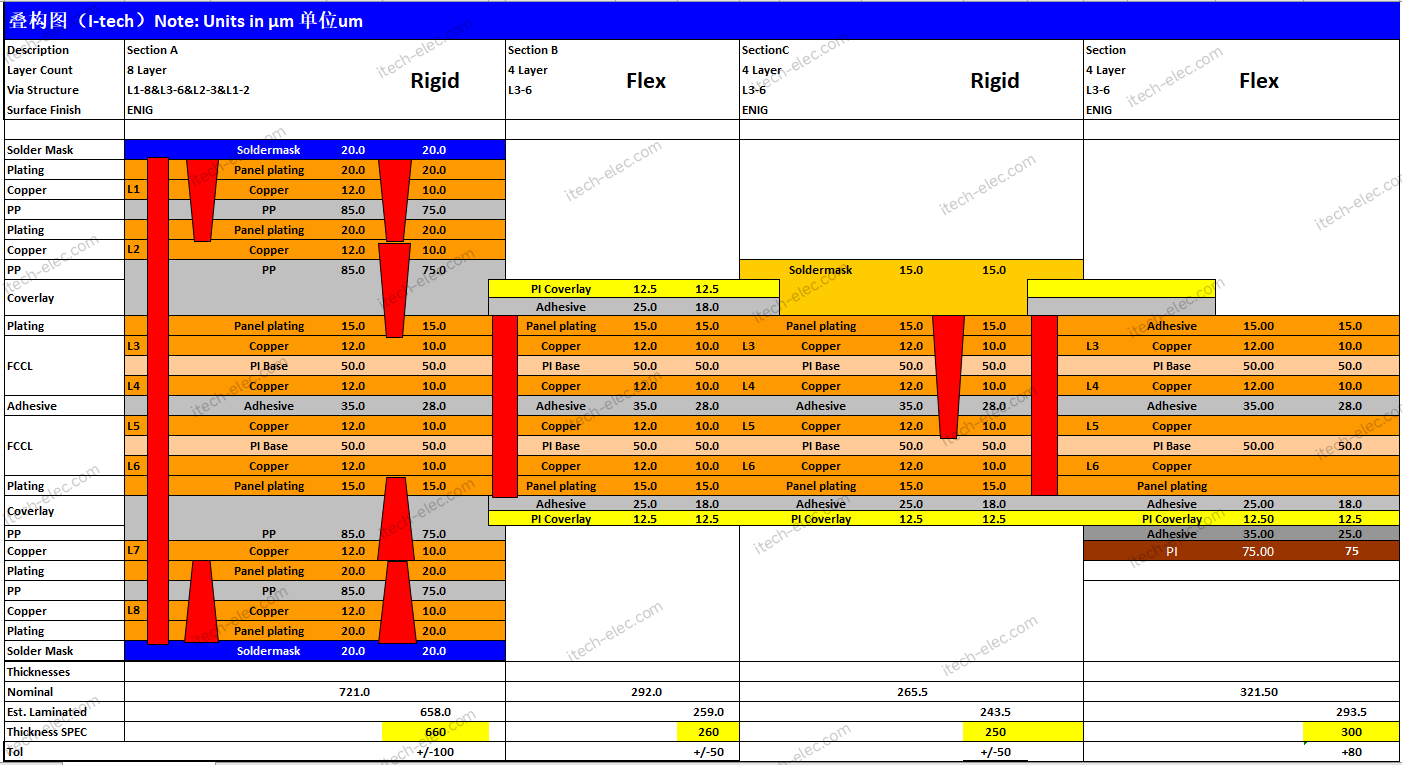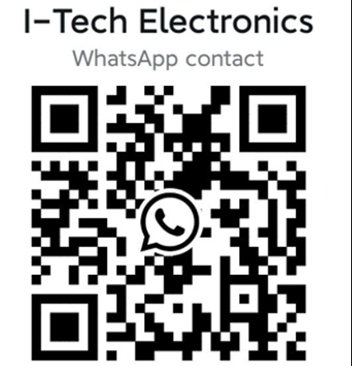PCB Engineering Solution
I-tech Electronics works closely with various customers in a consulting capacity to ensure that circuit board specifications not only precisely match end-use scenarios but also align with the budget requirements of different clients. As a professional team in the printed circuit board (PCB) field, this customized consulting service is our core competitive advantage that distinguishes us from industry intermediaries. We are proficient in various PCB technologies, especially with rich practical experience in complex products such as rigid-flex PCBs. We are committed to helping customers enhance market competitiveness, shorten time-to-market, and accelerate new product development through close collaboration.
1.Design Rule Check (DRC)
I-tech Electronics understands the importance of proactively controlling quality to avoid risks in the manufacturing process. Our rigorous and reliable Design Rule Check mechanism comprehensively verifies key parameters in the design. For rigid-flex PCBs, we also focus on checking special indicators to ensure structural stability.2.Design for Manufacturability (DFM)
At I-tech Electronics, you will receive a fully optimized PCB design solution — we always refine designs around core elements such as cost, safety, compliance, time-to-market efficiency, reliability, and customer satisfaction.Note: DFM analysis covers all dimensions of circuit board layout. Beyond the items in the table, it also includes evaluations of details such as test point design, thermal path optimization, and mechanical strength adaptation, ultimately maximizing efficiency throughout the entire process from manufacturing to after-sales service.
3.Cost Consulting
Total product costs are affected by multiple factors such as materials and delivery cycles, with a wide range of fluctuations. We understand that enterprises need to strictly control costs in all links of the production chain. Our technical team will conduct in-depth discussions with customers on optimization solutions.Note: Cost optimization must align with customer functional requirements and reliability standards. In addition to the items in the table, it also includes comprehensive suggestions on adjusting delivery cycles (balancing expediting costs) and simplifying process complexity.
4.Surface Finish Consulting
There are various surface finish options for printed circuit boards. Choosing the right solution can significantly improve assembly efficiency, which needs to be matched according to product requirements.Note: The selection of surface finishes must comprehensively consider factors such as product lifespan, storage environment, and assembly processes (e.g., reflow soldering temperature). Beyond the table, we can also provide customized suggestions for special scenarios (such as high-frequency signal transmission, outdoor weather resistance).
5.Stackup Design
PCB stackup design consists of copper layers, cores, and prepregs, requiring comprehensive consideration of cost, impedance characteristics, and anti-warping/anti-twisting performance. For rigid-flex PCBs, special attention is paid to material compatibility between rigid and flexible areas (such as smooth transition of copper foil thickness, balancing differences in substrate elastic modulus).
Note: In addition to impedance matching details not shown in the table, stackup design also includes signal/ground layer distribution, power integrity optimization, and interlayer alignment control. We can provide impedance models directly importable into your design software based on customer needs.
6.Laminate and Raw Material Selection Recommendations
Choosing the right laminate is crucial to ensuring end-product performance, which needs to be matched according to application scenarios:7.Panelization Design
Optimizing panelization is a key link in PCB manufacturing. Our services can meet a wide range of needs — from standard rectangular, V-scored boards to complex routed and retained panel configurations.8.Controlled Impedance
For products requiring impedance control (single-ended signals, differential pairs, coplanar waveguides, etc.), we provide comprehensive support, including stackup guidance, custom design, and rigorous verification.

